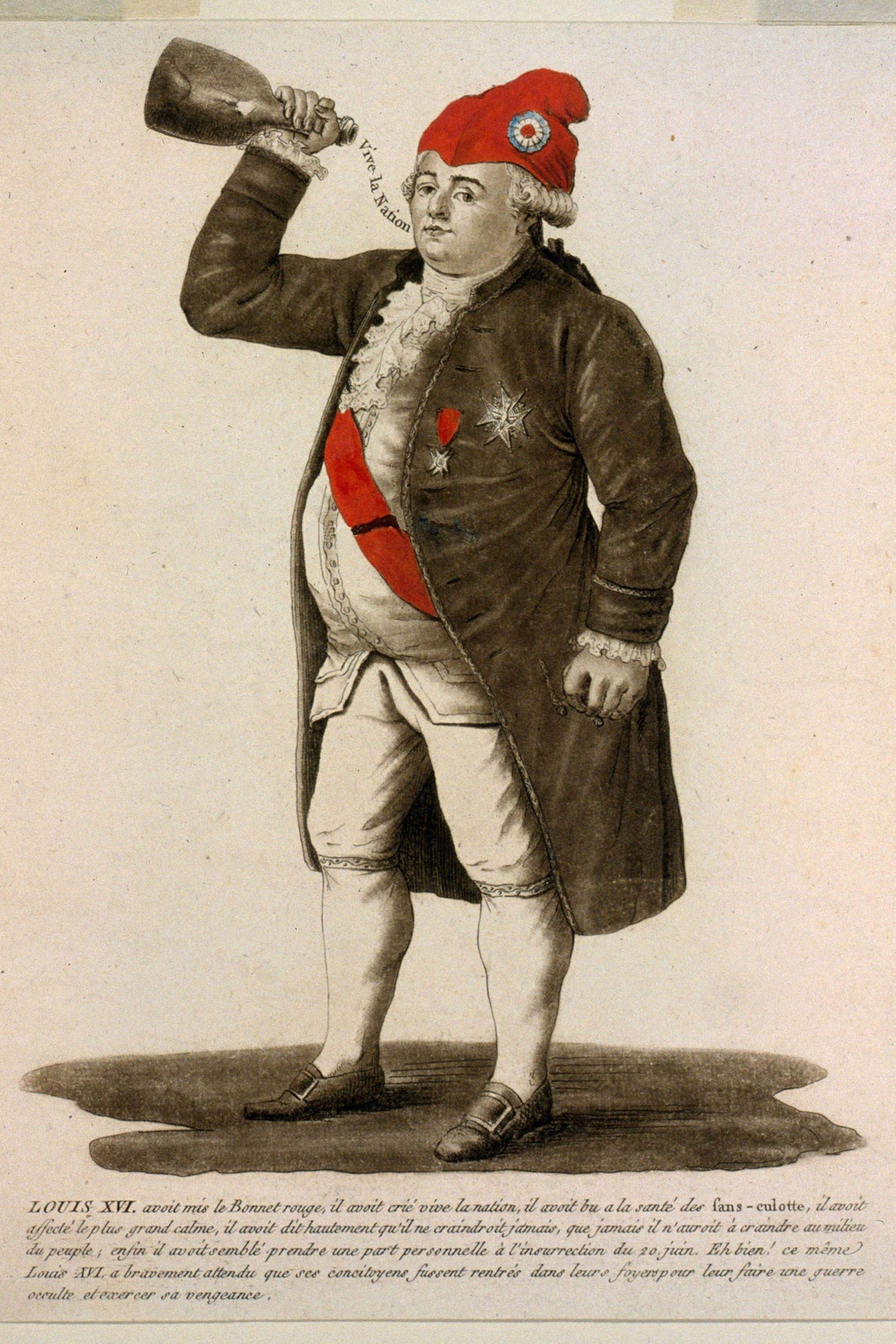In the aftermath of the French Revolution, Louis XVI, the last king of France, was depicted in many paintings with a "Bonnet Rouge" (Red Cap) on his head. However, what is the story of this red cap with its long apex bent over to the front, and why was it placed the head of the French constitutional monarch before he was executed?
[...]
ShareIn ancient Rome, freed slaves were dressed in a white cap called a pileus. Brutus, who betrayed Caesar, chose this cap, which symbolizes freedom, as an expression of Rome's return to the republic, and engraved it on the coin he minted. But this fez, which looks like the white cap worn by Albanians today, actually had nothing to do with the red Phrygian cap.
With the American Revolution, the pileus became an omen of revolutionaries, anarchists, and republicans. It resurfaced with the protests against the Stamp Act of 1765 when Britain imposed a direct stamped paper tax on the British colonies in America.
In particular, a figure of British parliamentarian John Wilkes – nicknamed the "Devil," and known for his support of the American rebels – with this cap became very popular among the rebels known as the "Sons of Liberty."
French anarchists, who inherited this symbol from the American Revolution, preferred the Phrygian cap instead of the pileus. Thus, this red hermetic cap became the symbol of the French revolutionaries and freedom from 1789 onwards. For example, in a sculpture made by French artist Joseph Chinard in 1794, representing the revolution and the republic, a Phrygian cap was placed on the head of a woman in Roman attire. (Read more.)



















No comments:
Post a Comment